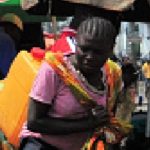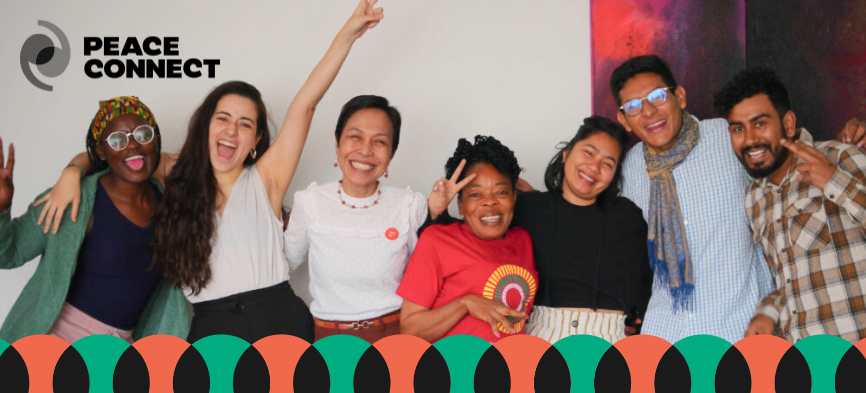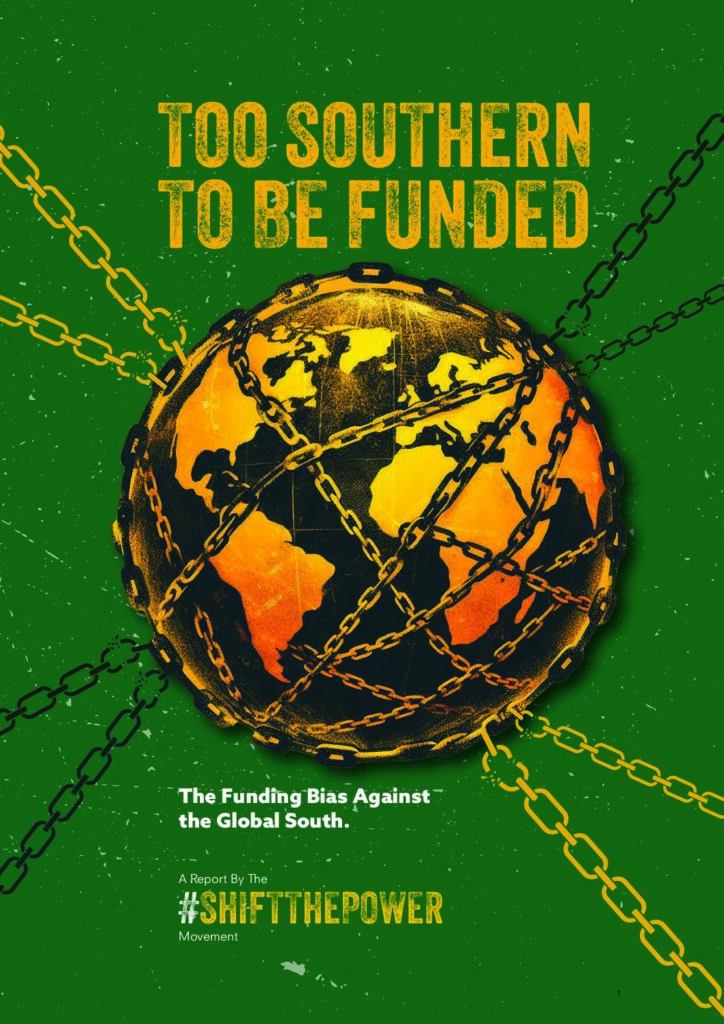A recent outbreak of violence in the district of Kavre could have led to devasting consequences, as a dispute over a motorbike quickly spread to involve the entire town, leading to violent repercussions from Maoist armed forces. However following death threats from Maoist officials, those threatened approached YAPE’s representative Bhoraj and asked for his help. Through peaceful intervention Bhoraj was able to ensure the safety of those involved and to calm the conflict – enabling the community to return to relative peace.
What happened?
Kavre is situatued in the central hilly regions of Nepal, and one of the dominant ethnic groups in the area is the Tamangs (adj: Tamasling). On Sunday 7 June 2009 a Maoist-affiliated Tamasling pressure group instigated a curfew across the district, forcibly shutting down businesses. In the town of Banepa, a local man chose to ignore the curfew and go out on his motorbike – leading to violent consequences. A small group attacked the man and set fire to his bike. Repercussions spread throughout Banepa resulting in local people being assaulted by the Tamasling forces as they rampaged through the town, setting fire to vehicles. Banepa residents took to the streets in protest but what started out as a protest turned into an irate mob of over 1,000 people, including party workers from the Nepali congress and United Marxist Leninists (UML). The mob attacked the Maoist regional office – pelting stones, kicking the doors and shouting anti-Maoist slogans at the top of their lungs.
The Maoists retaliated by throwing stones and shouting threats. Within minutes a dozen locals and four policemen were injured and chaos ensued as people gave flight in all directions. By 2pm Banepa looked like a war zone and there was widespread fear felt across the region.
The following day Maoist armed forces gathered from Kathmandu and, led by Maoist regional leaders, they descended upon the town. A local described their entrance as, “a victory parade of a warrior king on a chariot”. Police who tried to halt the offensive were beaten to the ground, the Constable suffering injuries from sticks and bricks. Six other police officers were similarly beaten up, and over 20 locals were pelted to the ground as they tried to intervene. The violence culminated in the destruction of the UML office.
In the aftermath of the destruction, the Maoist followers gathered in front of their party office and a list of 12 names was read out, some from the Nepali congress, some from UML and some, members of the local community. The order was given: “Don’t just break up their limbs, crack their backbones.”
Fearing for their lives three of the 12 named approached Bhojraj, YAPE’s local co-ordinator and asked him to help secure their safety.
Bhojraj immediately went into action, using his high level contacts and knowledge of the local situation to find a non-violent solution to the conflict. He began by reporting the case to the National Human Rights Commission, UNCHR and the Nepal Bar Association, bringing the situation to the eyes of officials and ensuring any further violence would not go undocumented. He then began negotiations with the Maoists – not an easy task as the initial response from the Maoist local leaders suggested they were more concerned with saving face than maintaining peace in the region.
YAPE and other local rights organisations worked tirelessly to raise attention to the case amongst international rights organisations, and to use their position to apply pressure to the Maoist rulers in Kathmandu. The press began to pick up the story and finally Kathmandu was forced to take action to calm their district troops.
Through Bhojraj’s unrelenting negotiations and by working jointly with local and national rights organisations, this summer’s most violent conflict, escalating from a dispute between a local resident and a Tamasling cadre, was brought to a peaceful resolution.











